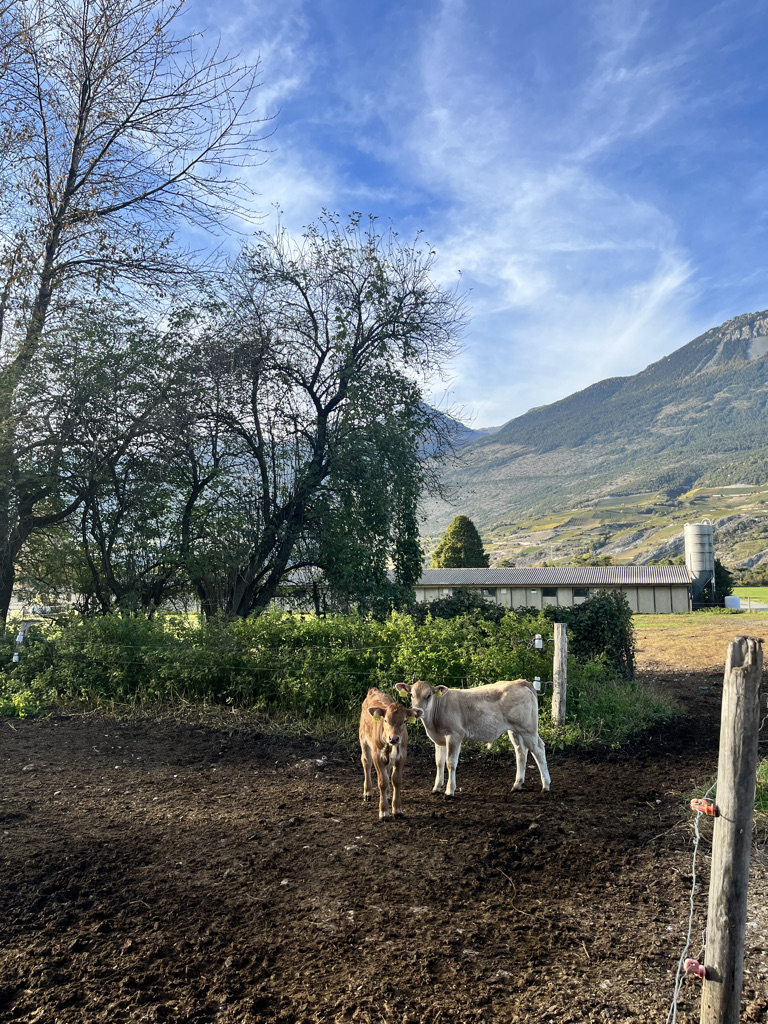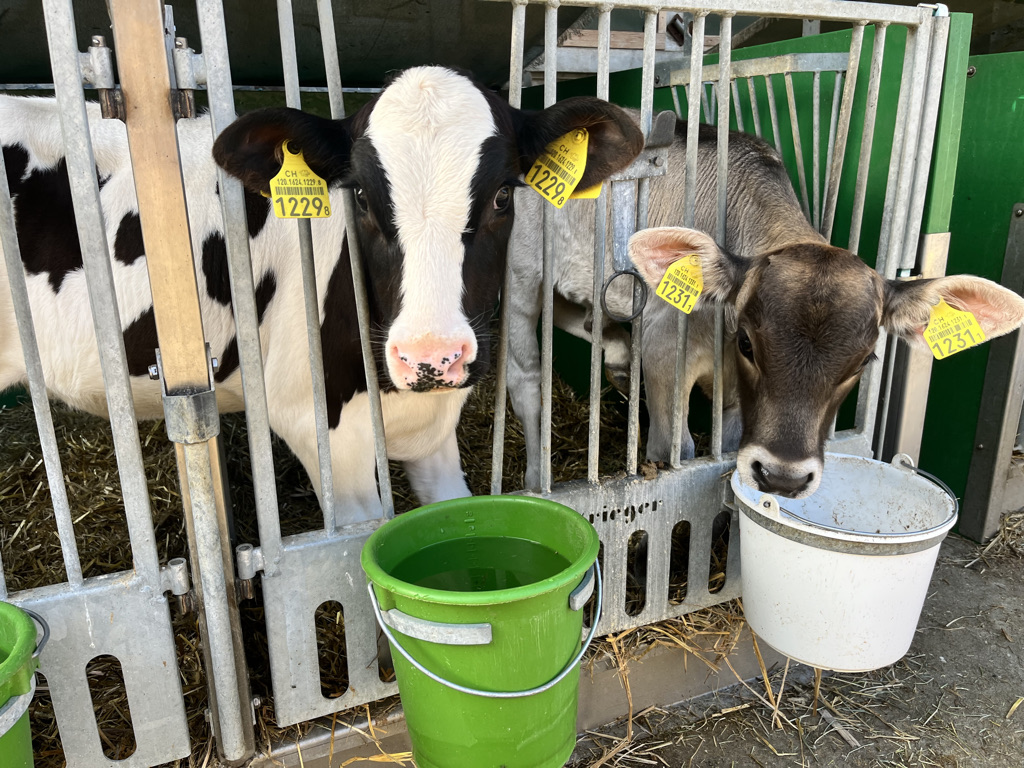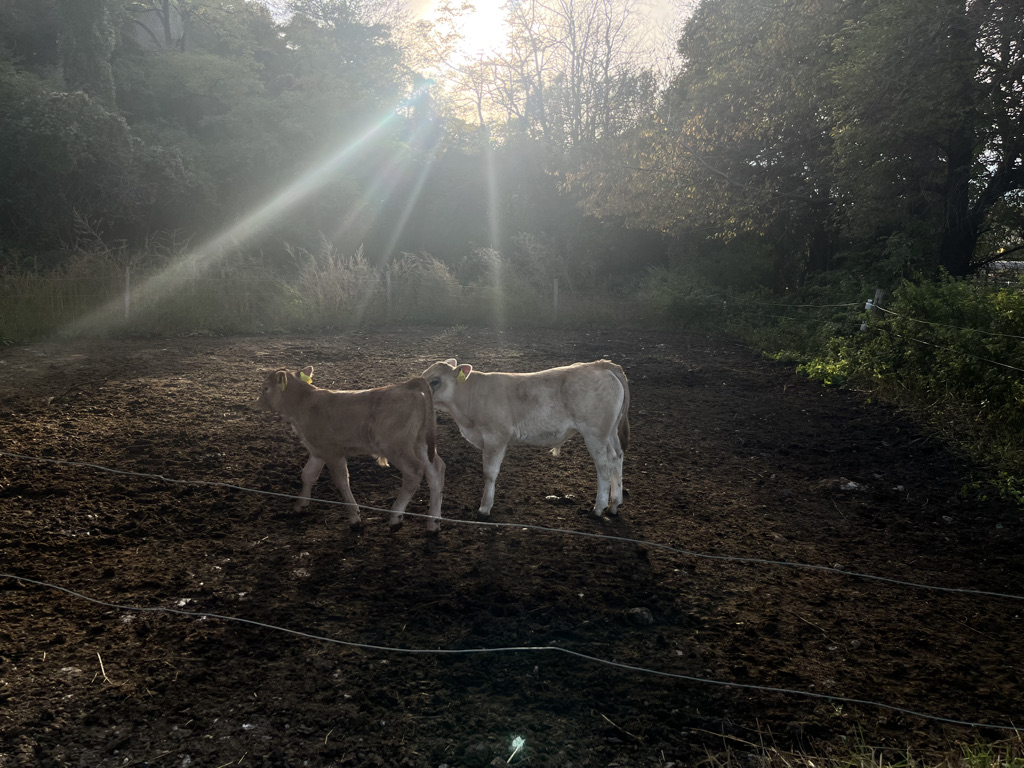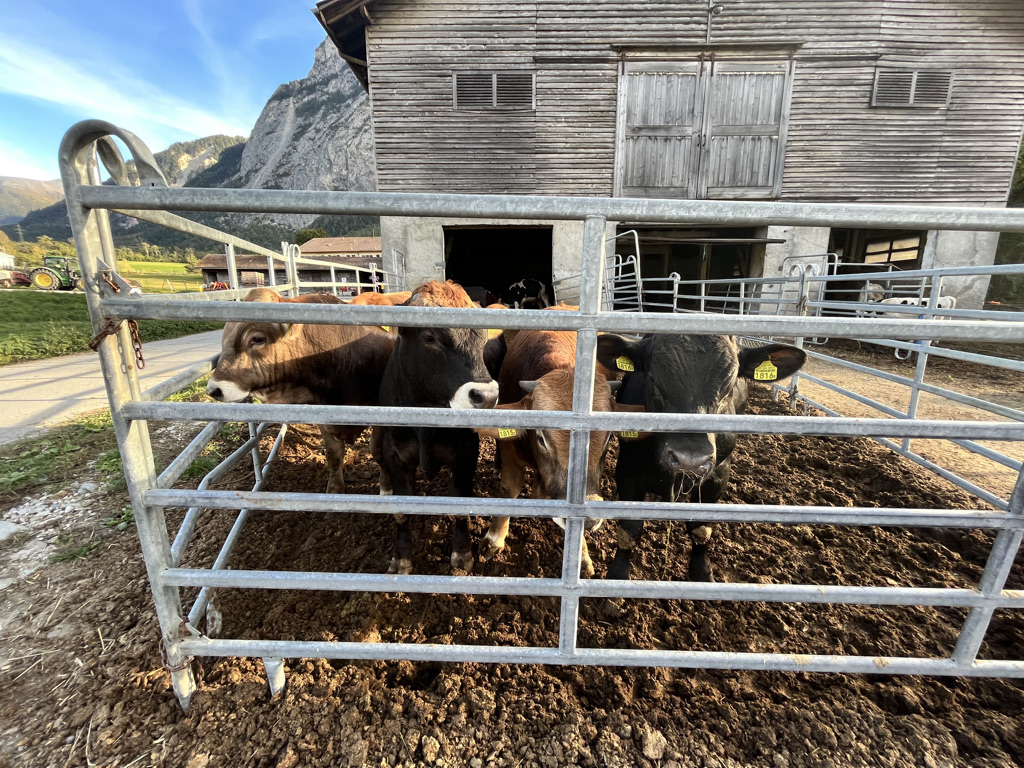2000 years of agriculture
2000 years of agriculture
The fields of Pfyngut have been farmed for over 2000 years. Rye was cultivated as early as Roman times, and the irrigation ditches (known as bissen or suonen), the oldest in Canton Valais, bear witness to intensive agricultural use.
One of the most important findings from the excavations at Pfyngut was the realisation that the western slopes of the Illgraben have been practically in continual agricultural use from the Iron Age to the present. Soil management is characterised by a rotating sequence of pasture and arable land.
There is also evidence of land parcel boundaries, in particular a long dry-stone wall erected in Late Antiquity (the 4th century) on the edge of the old Roman road. Water channels, ditches filled with stones and fences formed additional boundary markers.
A connection can be established between evidence of arable farming and fossil soils. The oldest paleo-soils are located directly over the substrate and date back to the Iron Age. They are very weathered but dating can be established through micro-morphological studies. By contrast, the younger soil in fields laid out around 1000 AD, are unusually distinct at the centre of the strata sequence. Almost the entire studied surface reveals plough lines as rounded furrows in the soil. In more recent times, maps were used to determine the extent of the cultivated Pfyngut fields, up until the cultivated areas of present day Pfyngut.
Pastures can be established through the fine-layered silt stratification of the soil from the repeated irrigation by damming up water ditches. The oldest suonen (water ditches) at Pfyngut date from Roman times and the Early Middle Ages. The more recent ones were cut after the 12th century and have been continually maintained to the present. A description of their construction has been supplemented by a sediment stratification analysis (M. Guelat and Ph. Rentzel). An attempt will be made to reconstruct and record the Pfyngut irrigation system and plot its development. The Roman water ditches of Pfyngut are the oldest yet discovered in the Valais and the Alps. The early appearance of this kind of irrigation may be linked to the emergence of the villae rusticae in the Rhône Valley and with a new form of agro-pastoral cultivation of the land.
The observations on cattle husbandry relate to Late Antiquity, the Early Middle Ages and the Early Modern Age. On the one hand, this is based on hoof prints left in the wet earth and, on the other, bones found in the Pfyngut settlement. Among the animals kept here in the Middle Ages are cattle and small herds of sheep, goats and pigs. The evidence of cattle breeding during this time supports the hypothesis on the emergence of the water ditches in Valais and the development of the irrigated meadows through the intensification of cattle husbandry during the 14th and 15th centuries, and this intensification with a commercial objective.
Excerpt from: Cahiers d’Archéologie Romande 121 / Archeologia Vallesiana 4
By kind permission, TERA sàrl, Sion www.terasarl.ch




